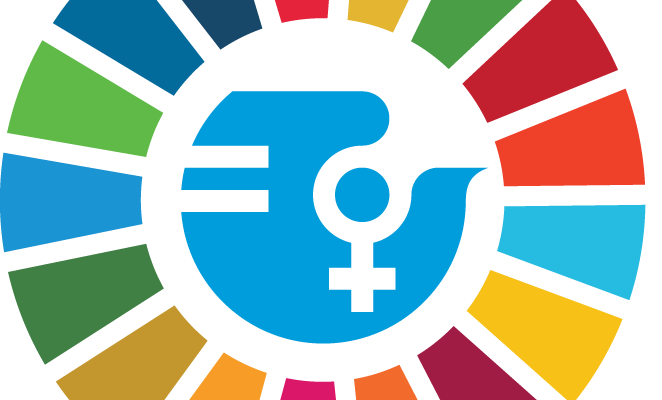Beijing Declaration and Platform for Action
The intersection of gender equality and climate change is a pressing issue in India. As we mark 30 years since the Beijing Declaration, gaps remain in implementing policies that promote gender equality. Rural women face unique challenges due to climate change, which exacerbates existing inequalities. Addressing these issues is crucial for achieving sustainable development and improving women’s rights in India.
Key Facts About Beijing Declaration
- It is the most comprehensive global plan to achieve gender equality and women’s empowerment.
- Adopted in 1995 at the Fourth World Conference on Women in Beijing, China.
- Signed by 189 countries.
- The plan focuses on 12 critical areas of concern, including:
- Jobs and economy
- Political participation
- Ending violence against women
- Peace and security
- Environment
Why is it important?
- Action-based plan: Provides concrete steps, not just goals.
- Treats gender equality as essential for peace, prosperity, and sustainability.
- Influences national and international policies, laws, and funding.
- Countries conduct reviews every five years to track progress and challenges.
Achievements since 1995
- Legal Reforms:
- 1,583 laws against gender-based violence in 193 countries. In India, this led to legislation like the Protection of Women from Domestic Violence Act. However, the implementation of these laws often falls short.
- 354 laws specifically target domestic violence.
- Updates to laws include handling technology-related abuse.
- Support Services:
- Expansion of shelters, legal aid, counseling, and healthcare for survivors.
- Over 100 countries now train police to assist survivors.
- Economic Empowerment:
- Anti-discrimination employment laws widely adopted.
- Growth in services reducing unpaid care burden.
- Education gap between genders has significantly reduced.
- Peacebuilding Participation:
- Rise in National Action Plans on Women, Peace, and Security from 19 (2010) to 112.
- Women now play a larger role in conflict resolution and justice.
Challenges Ahead
- Deep-rooted gender discrimination still persists.
- COVID-19, conflicts, economic crises, and climate change worsen gender inequality.
- 612 million women lived near conflict zones in 2023 (double the number in the 1990s).
- 10% of women and girls still live in extreme poverty.
- 113 countries have never had a woman Head of State.
- 736 million women have faced physical or sexual violence.
- Digital gender-based violence is rising.
- Intersectional issues (disability, race, age, sexual orientation) increase vulnerability.
Link with Sustainable Development Goals (SDGs)
- SDG 5: Gender equality is essential for all 17 SDGs.
- 14 SDGs depend on ending gender-based violence.
- Violence against women leads to economic losses in trillions of dollars and obstructs peace (SDG 16).
The Impact of Climate Change on Women
Climate change disproportionately affects women, particularly in rural areas. Women often lack access to resources and decision-making power. Issues such as heat exposure, malnutrition from droughts, and food insecurity are prevalent. These factors contribute to health problems like anaemia and increase the risk of domestic violence.
Women as Key Players in Climate Adaptation
Women play important role in climate adaptation and mitigation. Their knowledge of sustainable agriculture is vital for preserving ecosystems. Many women are involved in informal collectives that enhance productivity and respond to disasters. Their leadership in climate initiatives is essential for effective adaptation strategies.
Challenges in Climate Policy Implementation
Current climate policies often overlook gender-specific needs. A mere 6% of climate policies acknowledge women, while only 1% mention those living in poverty. The burden of unpaid care work increases due to climate-related resource scarcity, with women spending over eight hours daily on such tasks.
The Need for Gender-Responsive Climate Action
Integrating gender considerations into climate policies is imperative. This includes developing gender-responsive indicators and building vital information about climate impacts. Gender-audited climate budgets can help ensure that resources are effectively directed towards women’s empowerment.
Recommendations for Policy and Action
There is a need for a gender-responsive National Action Plan on Climate Change. This should focus on disaster preparedness, livelihood diversification, and skilling opportunities for women. Private sector involvement is also vital for encouraging women-led innovations and ensuring access to climate-resilient technologies.
Building Collaborative Partnerships
Cooperative partnerships among government, civil society, and the private sector are essential. Emphasis on knowledge sharing, capacity exchange, and collective advocacy can empower women. This collaborative approach is crucial for building climate resilience and promoting gender equality.
Month: Current Affairs - April, 2025
Category: Environment Current Affairs








